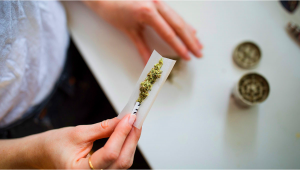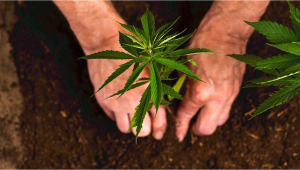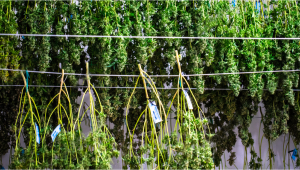Cannabis Myths: White Ash vs. Black Ash
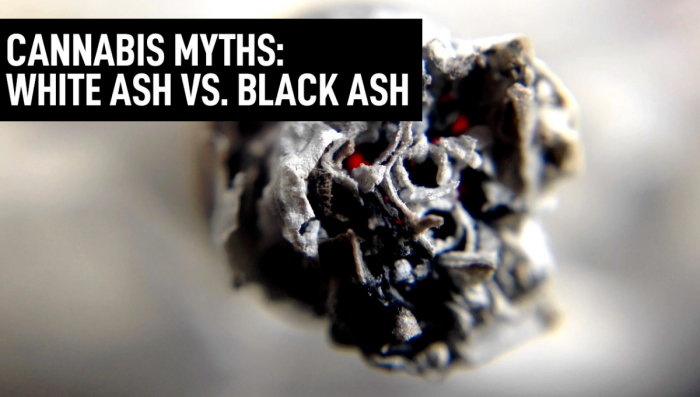
- 1. The myth of the white ash vs. black ash
- 2. The impact of combustion temperatures
- 3. What research has found on tobacco's ashes
- 4. But first... what is flushing and curing anyway?
- 4. a. What does curing cannabis mean and how does it affect quality?
- 5. The bottom line
If you're also one of those stoners who like involving in discussions concerning weed and its origins, myths and legends, then you might have heard quite some stories regarding this magic plant. For instance, perhaps you know the history of 420. It claims that the term emerged back in the '70s when a coast guard, in the fear of getting busted, gave away a good amount of weed to a group of students through a sort of treasure map he had made towards the plants. The group would gather at 4:20, smoke one, and go search.
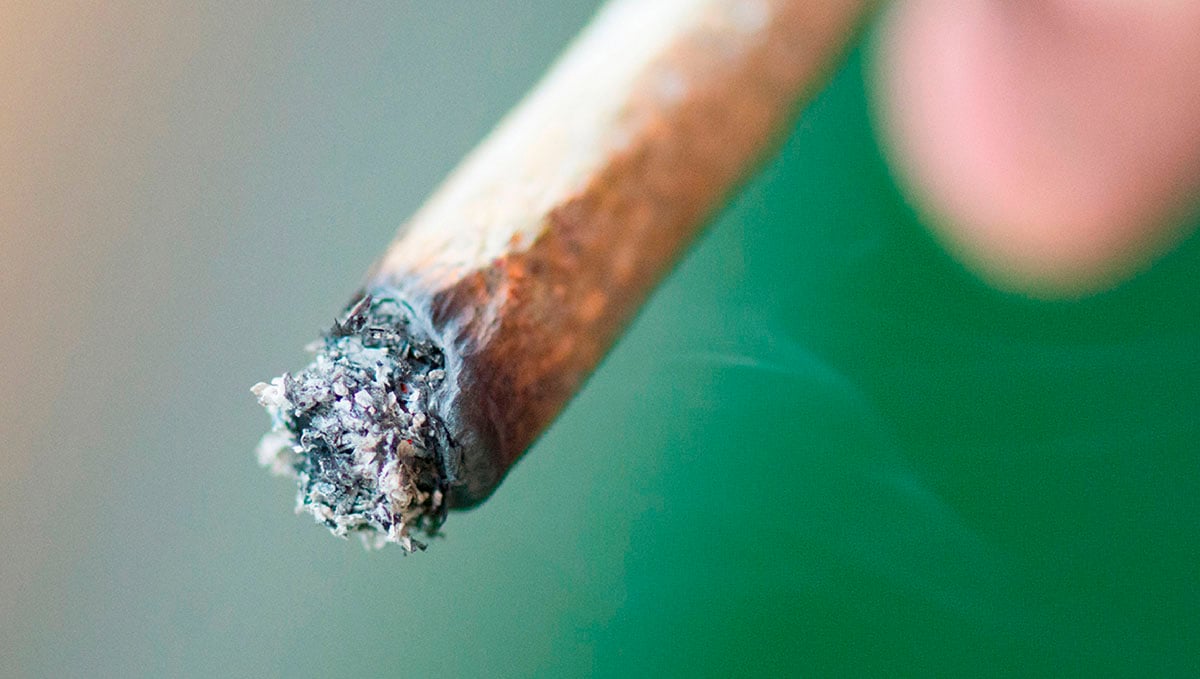
However, there are some other less-known myths about marijuana that you may not have heard of, such as the one of white ash vs black ash. Maybe the idea sounds familiar, or not, anyway, let's dive straight into this story and see if we can bust this myth.
1. The Myth of The White Ash Vs. Black Ash
So, in case you had never heard of the white vs black ash myth, here's how it goes. People who spread this folk tale claim that when you burn cannabis buds, if the ash is white or light grey, then it means that the buds you're holding are of premium quality. Supposedly, if your buds were properly flushed and well cured, which we'll proceed to explain later, then they should burn on a clear scale of grey and white. Meanwhile, dark grey or black-looking ash, according to this myth, is an indicator that the plant was either overfed with fertilizers or treated with chemicals.
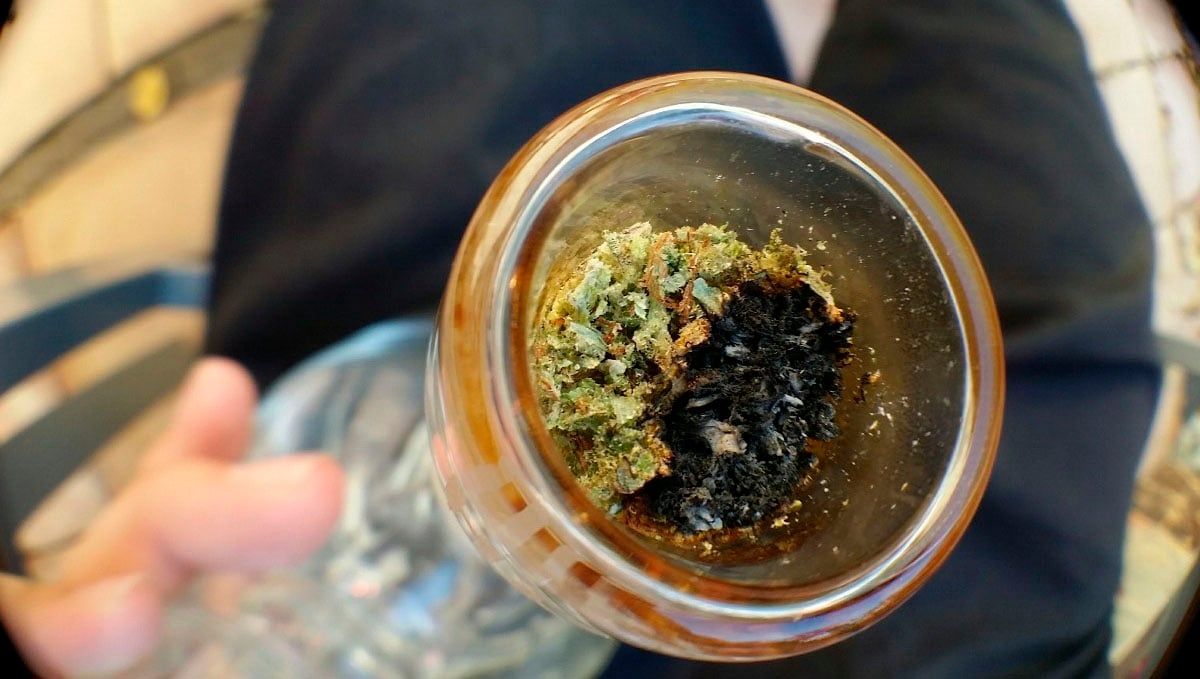
Well, could ash really give us hints on the quality of our products? Could be. In the first place, marijuana should never, ever, pop or make any crackling sounds as it burns, so if your weed does, then take a serious moment to analyze why it's doing it. However, given this is just an urban myth, there's isn't much research we can find on the subject. So, in order to identify whether this myth is true or false, perhaps taking a look at previous studies on combustion and tobacco's ashes might be of good help.
But before we dive into this, it’s important to know that several factors could come into play. Some cannabis smokers swear by ash color as an accurate indicator of bud quality. But what about the humidity of the environment they’re smoking in, and the type of rolling papers they’re blazing up? After all, some rolling papers contain a long list of chemical additives, whereas others are much more pure, natural, and clean. The smoker's technique could even come into the equation. What happens when a smoker takes long and deep inhalation, vs one who prefers to take light and quick tokes? All of these questions bring the very debate between white ash and black ash into question. Is this really that important? Or is it truly a pointless comparison between people that care far too much about impressing others and placing themselves higher on an imaginary stoner hierarchy? Let’s dig into it!
2. The Impact of Combustion Temperatures
Ash as we know it, not exclusively from cannabis, is a complex combination of minerals, charcoal and char. And as surprising as it may sound, ash can give big clues on many different aspects concerning fire and fire-related events. For example, ash is investigated in the case of wildfires to get an insight into the burning temperature. When the temperature of combustion is high, burnt organic material and nitrogen concentrations lower, leading to a clearer ash color, somewhere between grey and white. When ashes reach their clearest color, they're composed mostly of crystalline or amorphous inorganic compounds.
| Temperature lower than 450° C | Combustion unfinished, organic compounds still present in ashes, carbon. | Dark-colored ash |
|---|---|---|
| Temperature higher than 450° C | Volatilized carbon, mineral ash left behind. | Lighter looking ash |
*Note* A normal lighter reaches temperatures surrounding 1000° C.
Furthermore, when the temperature of combustion is nowhere above 450° C, the combustion process couldn't be considered complete, therefore this low-temperature-combustion ash is still full of organic compounds, including carbon, hence the darker color.
When we take the temperature higher, over 450 degrees, this carbon is volatilized, turning into a gas and leaving mineral ash behind, made of calcium, sodium, potassium, magnesium, silicon and phosphorus in the form of inorganic carbonates. Simply put, this translates into lighter-colored ash. All this leads us to the conclusion that no, light-colored or white ash isn't an indicator of your cannabis' buds quality but of the temperature at which the product is being combusted.
3. What Research Has Found On Tobacco's Ashes
Before you even think of it, no, we're not freaks for studying the ashes of our joints and blunts, in fact, the industry of tobacco has been paying close attention to the ash that their products produce for over a hundred years.
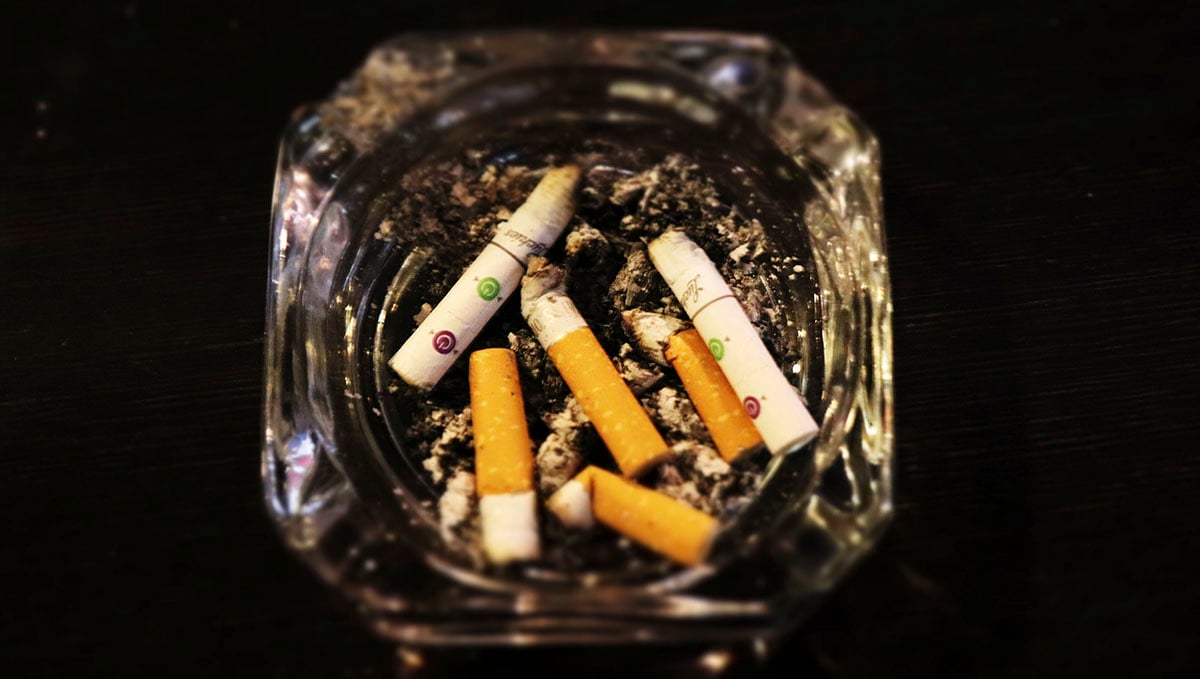
In these old studies, investigators were set to find which of the plant ingredients promoted or inhibited the burning of their tobacco cigarettes. As a result, they've found that chlorides intercept in the complete burning, or combustion of the product, which then causes the taste and smell to weaken 1. In the meantime, components such as potassium salts of organic acids showed to help in the combustion, aiding to maintain and hold the fire. So, as they realized the essential part these components and other alkali and alkali earth metal salts played in slow combustion, the federal and state agricultural departments of the United States, as well as other academic institutions started putting a special interest in them.
First, they started studying the effect that fertilizers had on tobacco smoke and ash. As a result, they found that the type of fertilizer treatment didn't alter the cured leaves' alkali composition nor did it increase the sulfur levels in them. But, what did make a notorious difference in the smoke quality that tobacco produced was the fermentation process, more specifically the big amounts of chlorophyll in poor quality tobacco products.
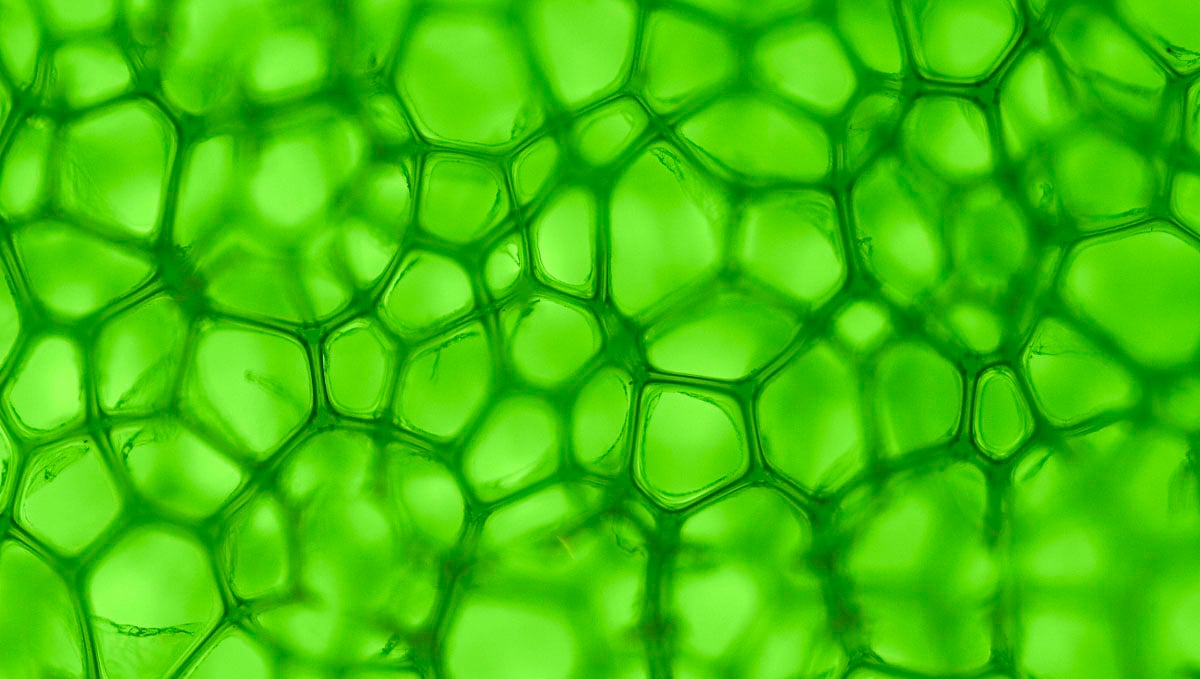
To achieve white-looking ash in tobacco cigarettes, nitrates or carbonates, as well as magnesium or calcium acids were added to the products. If you burn any of these components in a cigar or cigarette, it will result in the formation of alkaline metal oxide, which in turn causes white-colored ash to form.
So, enough with the chemistry lesson for now, what's the takeaway from all this? Basically, that white or clear looking ash is formed in two instances:
- First, high combustion temperatures;
- Second, it's produced mainly by minerals.
Therefore, how or why is it considered that white ash from cannabis, blunts or joints mainly since they contain no tobacco in them, comes from well flushed and cured buds? And how is it that this is linked to the product's quality? Let's find out.
4. But First... What Is Flushing And Curing Anyway?
If you're not yet a cannabis cultivator yourself, perhaps the terms flushing and curing could sound like complete strangers to you.
The term 'flushing' varies depending on which horticulture brand we look at it from. In terms of marijuana cultivation, it refers to the process of washing out any leftover nutrients from the plants in the last 1 to 2 weeks before harvest. This is achieved by using low-EC water (Electric Conductivity) which means that the plant will only be absorbing plain water instead of a nutrient solution. However, it's uncertain whether flushing actually affects the quality of the buds and therefore the ash color as well.
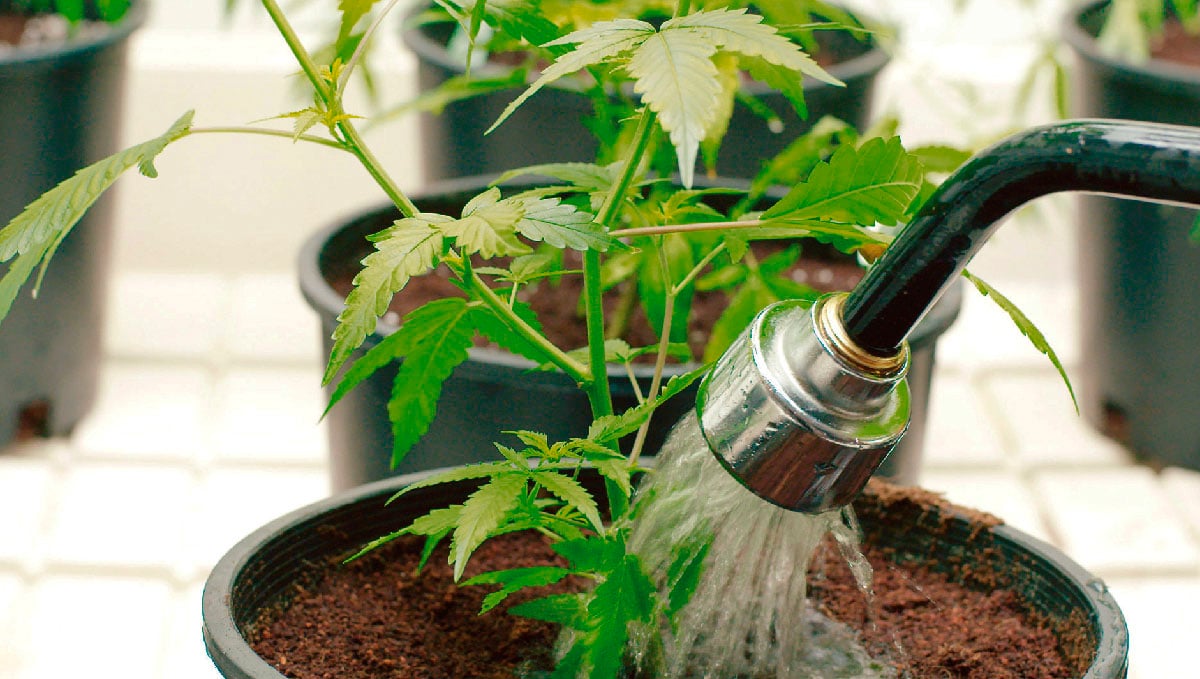
The Paradox of Flushing
Some growers could swear by the importance of flushing, while others affirm that their buds are high quality and produce clear ashes without the need of flushing anytime prior to the harvest day.
So, if flushing doesn't necessarily affect either the buds' quality nor the ash color, could curing be the reason why? In terms of the timing of flushing, that all comes down to the style of cultivation and the grower’s own personal preferences. Organic growers are the most likely to skip the flushing process entirely, but in general, we always suggest at least a few days of flushing no matter if you are growing with a full hydro setup or just straight in mother nature’s very own dirt. While it is important to use low EC water (tap water will do the job no worries), it is even more important to get the pH levels right. For soil cultivation, you should be looking for a number in the range of 6.0 to 6.8, and with hydro or coco-coir you can aim for 5.5 to 6.5 to achieve the very best results.
When flushing, it’s best to water the crop at the same time that it would usually receive its feed water. There is no need to flush with huge amounts of water, instead aim to give about the same amount of water as you would with a regular feed, with about 25% runoff. Repeat the flushing cycle again about 20 mins later, and remember to use a TDS or EC meter to check the salt levels of the runoff. By the end of the flush, you want the EC levels to be very close to what they were before you flushed, meaning that most of the nutrients have been washed out of the growing medium. We usually recommend a one to two-week flush for soil growers, a 5 day flush for coco-coir, and a 3-day flush for a drain to waste or other hydro setups.
What Does Curing Cannabis Mean And How Does It Affect Quality?
When it comes to weed, proper storage is primordial, it keeps it in shape, and it can even boost its properties. This is specifically true for just-harvested buds, which require a time of curing before their consumption. This is done by storing your buds in air-tight glass jars in a dark and cool place somewhere between 10 days and 2 weeks and letting them breathe for a couple of minutes on a daily basis to prevent mold. By doing this, you're promoting the proper development and aging of your buds' cannabinoids and terpenes to get the best from them.
What curing is essentially about, it's achieving the perfect level of dryness in your flowers for their consumption. During this process, the levels of chlorophyll are also notoriously diminished, which could be the reason why ash might look whiter. However, as we've pointed out before, more studies need to be done to affirm that proper curing translates into lighter ashes. What we can affirm, after all this that we've learned, is that well-cured buds do provide a smoother smoke, they're usually better quality and might produce light-colored ashes.
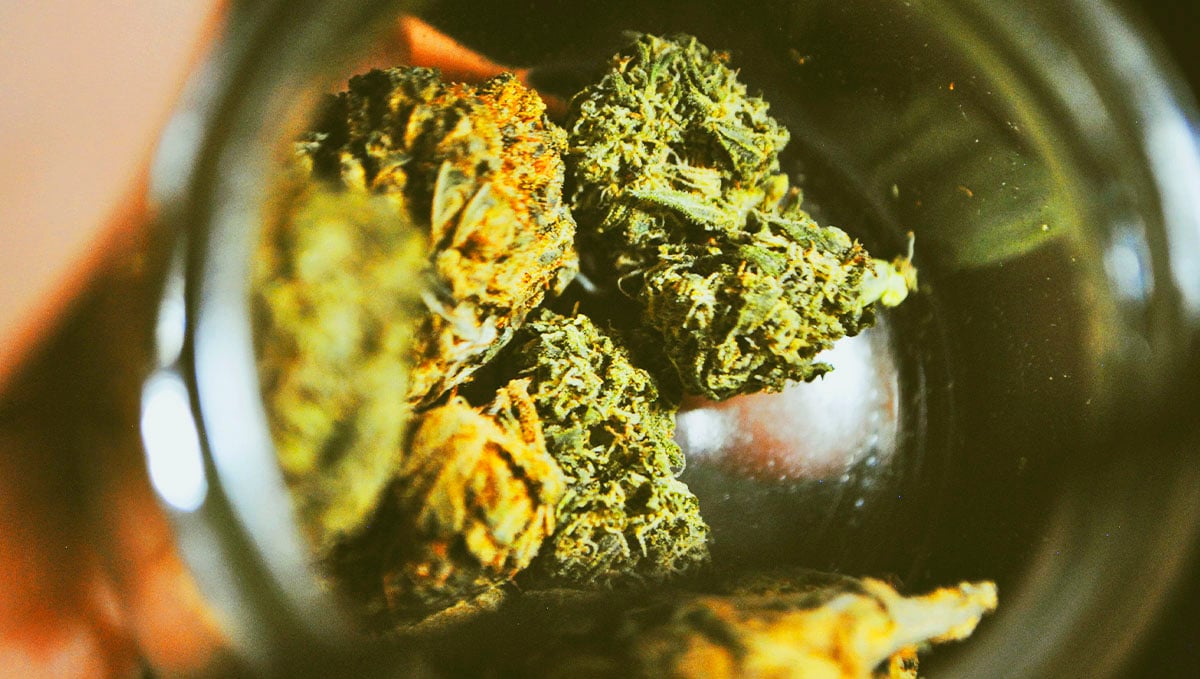
Curing is an often overlooked part of the cultivation process, especially in states or countries where recreational cannabis consumption is still classed as illegal. This is thanks to the fact that the majority of the weed in these places comes through an unregulated black or grey market, meaning there are very few checks and balances placed on the product before it reaches the consumer. Think about it, why would an illegal grower add weeks or even months to the process when they can just as easily offload it to a buyer once the bud has dried. Curing is a slow process and requires patience which many growers simply do not have the luxury of indulging, especially in places where weed is still illegal.
If you live in an area where there is still a prohibition on cannabis, we recommend curing the weed you intend to consume. It’s as easy as heading to your local big box (or Amazon, grabbing a few airtight and resealable mason jars, placing your buds inside, and playing that waiting game. Some strains will be perfectly cured after only a few short weeks, whereas others may take up to 6 months. Terpene maturation is one of the most important aspects when it comes to delicious weed, so practice as much patience as you possibly can!
5. The Bottom Line
So, you might be slightly confused like us right now, wondering, is the white ash myth real or not then? Well, it's a myth for a reason, so it's up to you to believe in it or not. When it comes to buds quality, many factors can influence the final results, so we wouldn't make such affirmations as the ash being the ultimate determining aspect. What do you think? Comment below on what really makes a weed bud stand out from the rest in your opinion!
EXTERNAL REFERENCES
- "Effect of some Alkali Salts upon Fire-Holding Capacity of Tobacco" Henry R. Kraybill. July 1917.








